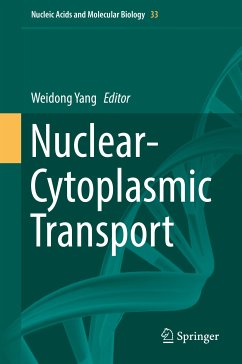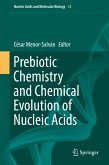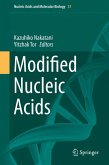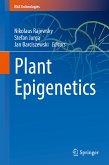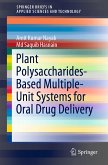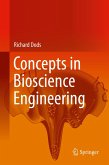Dysfunction of nuclear-cytoplasmic transport systems has been associated with many human diseases. Thus, understanding of how functional this transport system maintains, or through dysfunction fails to maintain remains the core question in cell biology. In eukaryotic cells, the nuclear envelope (NE) separates the genetic transcription in the nucleus from the translational machinery in the cytoplasm. Thousands of nuclear pore complexes (NPCs) embedded on the NE selectively mediate the bidirectional trafficking of macromolecules such as RNAs and proteins between these two cellular compartments. In this book, the authors integrate recent progress on the structure of NPC and the mechanism of nuclear-cytoplasmic transport system in vitro and in vivo.
Dieser Download kann aus rechtlichen Gründen nur mit Rechnungsadresse in A, B, BG, CY, CZ, D, DK, EW, E, FIN, F, GR, HR, H, IRL, I, LT, L, LR, M, NL, PL, P, R, S, SLO, SK ausgeliefert werden.

